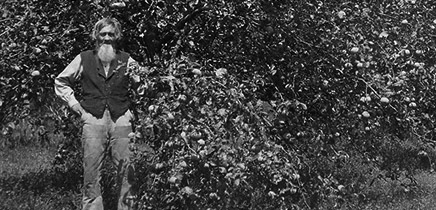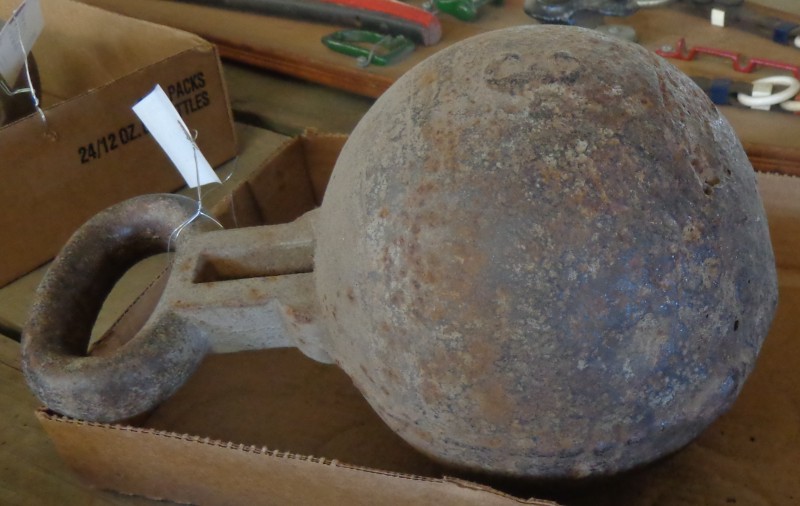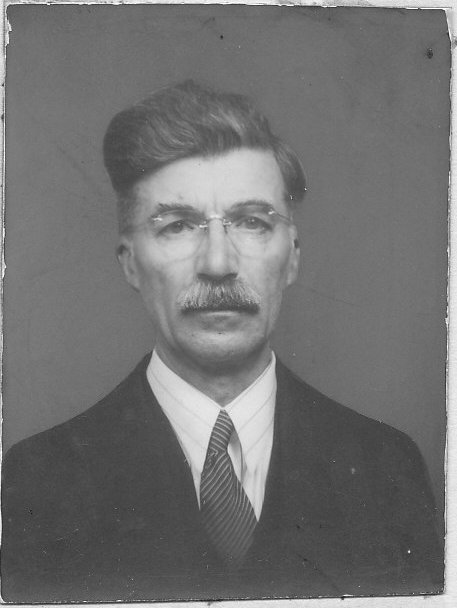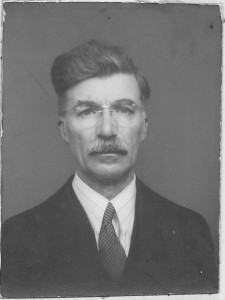O.D. (Otto Diedrich) Sell, 1875-1960
It is common knowledge that Carver County resident O.D. Sell founded the Carver County Historical Society. What is less commonly known is that it was legally organized in April of 1940, making this, 2015, our 75th anniversary. The evolution of the organization has been exponential since its humble origins
Otto Diedrich Sell was born in 1875 to German immigrants, who settled in Laketown Township, just 2 1/2 miles southeast of Waconia. He married Anna Ninneman from Mayer, and entered the mercantile business. It was while he traveled around the county, that he became aware that much of the local history was being lost.
In April of 1940, an organizational meeting was called. A charter for the historical society was drawn up and signed by 32 people. Membership fees were set at 50 cents. The mission was to collect and preserve the history of Carver County and Minnesota, later the Minnesota was dropped. The charter was ratified by the Carver County Board of Commissioners on December 12, 1940.
The CCHS began with one object housed on the second floor of the public school in Mayer. With the collection growing and desiring a central location, the CCHS moved its collection to the Waconia High School in July of 1944. By 1947, the collection again had to be moved due to lack of space. This time it moved into two large rooms on the second floor of the Waconia City Hall.
As the organization grew, so did the desire for a permanent home. A grass roots effort began to build the Society a home which would also house the Veterans Administration. On July 14, 1959, the Carver County Commissioners approved the erection of the “Carver County Memorial Building” with the subtitle of Carver County Historical Society Museum. O.D. Sell did not live to see the building open, as he passed away on March 2, 1960. His son, Elmer oversaw the move to the new building in August of that same year.
An article in the February 10, 1982 ADvocate notes that O.D. greatly enjoyed the years when he was teaching real history to students of all ages as they came to see the many exhibits on display. In some ways some things haven’t changed, except the number of children reached.





